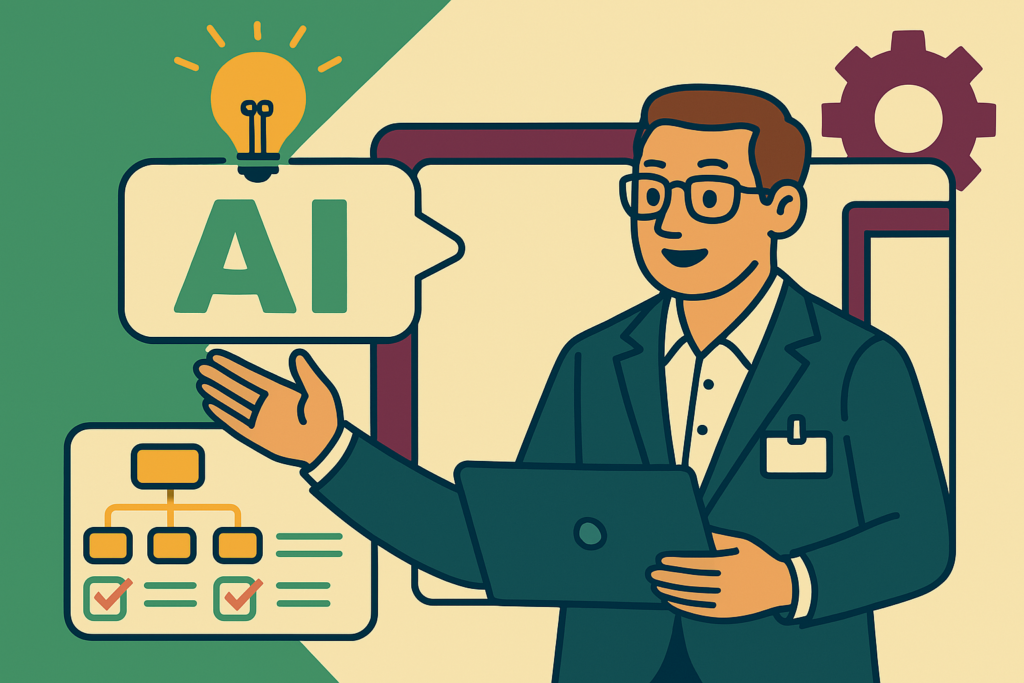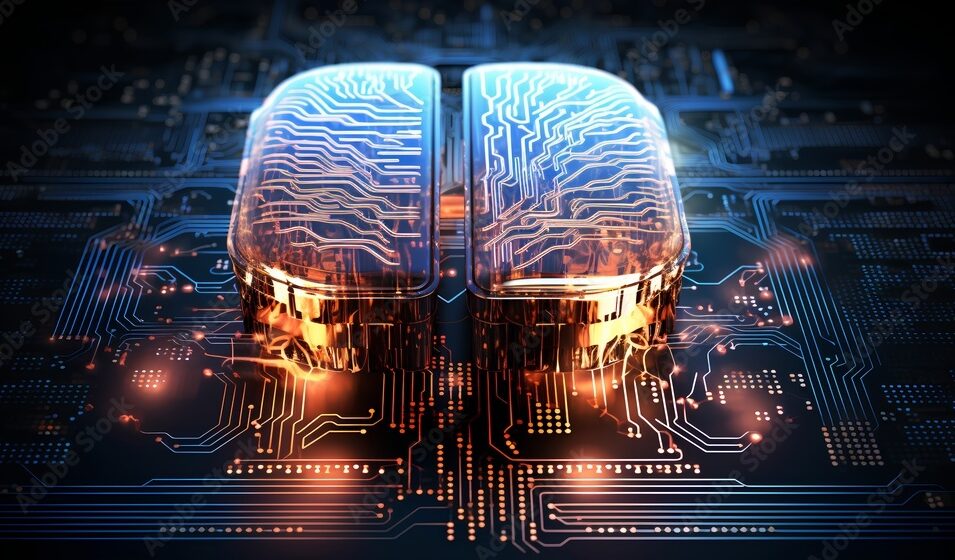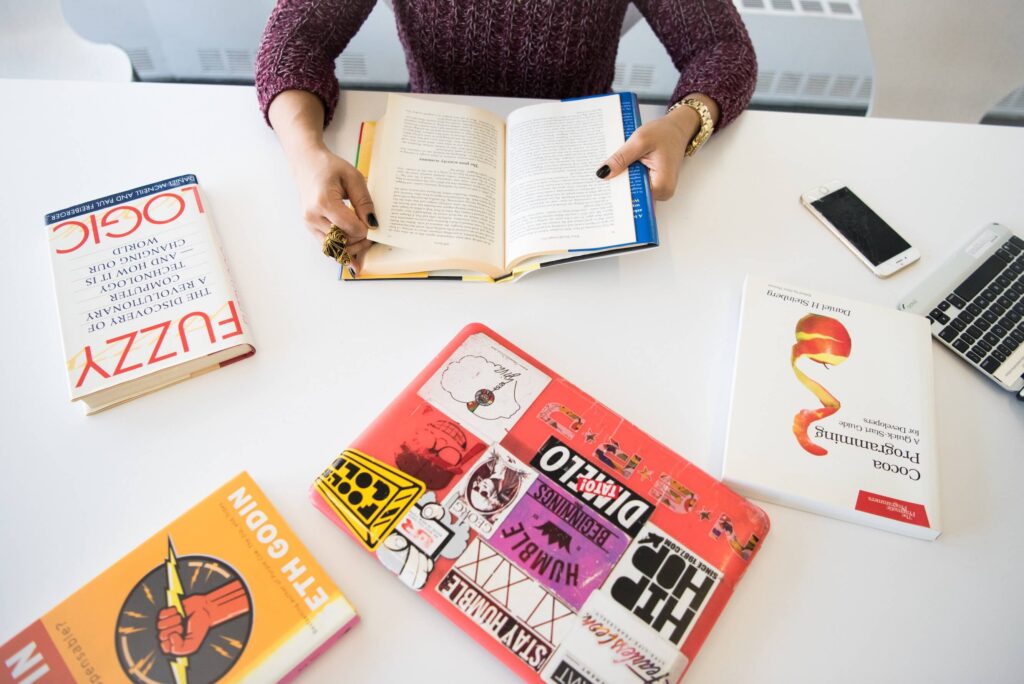Introduction
Not every initiative your business implements will succeed. Yet, how you approach failure and your ability to turn failure into opportunity significantly impacts your team’s ability to improve in the future.
In our recent TechKnowCon presentation, Dion Stewart and Joel Tosi of Dojo & Co. discussed how you can improve your business productivity, specifically in regard to developer productivity. Dion and Joel dive into the details of what it takes to build effective learning initiatives, covering key topics like the physics of improvement and the principles that guide learning experience development.
7 key principles of effective learning experiences
Your organizational capabilities have deep ties to the diffusion of skills across your different teams and how well those teams collaborate. Unfortunately, today’s fast-paced business environment focuses heavily on cost reduction, resulting in many companies moving on to the next initiative in the pipeline rather than taking the time to analyze and reflect.
Reaching your business’s improvement goals starts with building more effective learning experiences with long-lasting results. Achieving this requires you to follow seven key principles:
1. Focus on learning over delivery
When designing a learning experience, your first consideration should be the learning itself over the delivery of a desired outcome. Effective coaching requires a set timeframe for learning and practicing new knowledge before working toward a larger business goal, such as faster or higher-quality deliveries.
Switching the focus from delivery to learning ensures you leave your teams with improved capabilities and sustainable skills that aid in their day-to-day work.
2. Help teams learn collaboratively
Collaborative learning plays a critical part in spreading knowledge and understanding across your teams.
Dion and Joel reference Llewellyn Falco’s golden rule of pairing as a prime example of the value of collaborative learning, with the rule stating:
“For an idea to go from your head into the computer, it must go through someone else’s hands.”
Passing ideas between team members and requiring multiple team members to implement ideas ensures that everyone in your organization develops similar levels of understanding. In practice, this works by having one person express an idea verbally while another person implements the idea.
These two people act as the navigator and the driver in whatever real-world world they may be working on, whether it’s a large-scale business initiative or a project for a learning experience. Here’s a more detailed breakdown of the navigator and driver roles:
- Navigator: The navigator performs two key functions. First, they provide instructions to the driver on how to implement an idea. Second, they can speak about an idea at a high level of abstraction, ensuring they can reach a mutual understanding with the driver.
- Driver: The driver simply implements an idea by following the instructions given by the navigator. In the programming world, the driver is the person physically entering the code, while the navigator dictates what code the driver should write.
This navigator-driver relationship builds a strong sense of trust between team members and necessitates that both people actively engage in learning opportunities to improve their communication.
3. Ground learning in context of real-world work
To achieve the greatest impact and results with your learning initiatives, you must ground each learning experience within the context of your team’s real-world work.
Dion and Joel cite Bloom’s Taxonomy as a means for measuring learning.
Today, a lot of information is readily available for learners to access, enabling many to reach the first two levels of Bloom’s Taxonomy — remember and understand — with relative ease. However, actually applying learned information in your day-to-day work is another achievement entirely.
When you ground your learning experiences in real-life scenarios that reflect the day-to-day responsibilities of your teams, you create opportunities for them to practice new skills exactly as they would in an actual workplace setting.
4. Make learning holistic and span multiple practices
Rather than focusing your learning initiatives on specific single practices, you can make your learning experiences more effective by working with your teams over longer periods and multiple practices.
In software development, for example, you could encourage (or require) engineers to participate in product discovery. Doing so enables the engineers to better understand the product discovery process, revealing opportunities to gain customer feedback before a product is fully released or delivered.
Providing your teams the chance to learn in disciplines outside their own spreads greater understanding across your entire business of the value of each practice and how they connect.
5. Provide assessment, feedback, and coaching
Per Dion and Joel, providing assessment, feedback, and coaching is fairly self-explanatory.
Your learning experiences cannot rely on content alone. The processes of assessing your teams’ work, providing feedback, and engaging in active coaching all help your team reach the level of understanding necessary to apply new skills and knowledge in their daily work.
6. Provide sufficient time for repetitive practice
Herman Ebbinghaus — a German psychologist in the late 1800s — developed the “forgetting curve” concept, which theorizes that people forget half of their newly learned knowledge in a matter of days without practice or repetition to reinforce it.
Reinforcing new knowledge isn’t about completing a set number of practice sessions. It’s about putting new ideas into practice in repetitive daily tasks where your teams constantly engage with the information.
7. Ensure learner safety
Psychological safety has a tremendous role to play in encouraging continuous learning.
Ensuring the psychological safety of your teams during learning experiences requires a delicate balance of respect and permission. Adequate respect provides your teams the autonomy to experiment and find the methods that work best in their daily workflows, while permission assures your team that failure happens and that you are available to provide the coaching or guidance needed.
What Dion and Joel’s presentation ultimately reiterates is the need for communal understanding and collaboration within any team, be it in engineering, product discovery, or any other practice.
Evaluating your learning experiences with skill matrices
Aside from the seven principles of effective learning experiences, Dion and Joel also emphasize the importance of effective skill and improvement evaluations.
Skill matrices aid in helping you understand why problems like performance gaps may be occurring in your organization. With a skill matrix, you can gain a comprehensive overview of the different skills your teams possess, their proficiency in said skills, and which skills they want to learn.
Assessing your teams’ skills in this way allows you to not only cross-skill but increase your teams’ cross-understanding of each other’s skills and the roles they play in different processes.
Collaborative learning is the key to continuous improvement
What Dion and Joel’s presentation ultimately reiterates is the need for communal understanding and collaboration within any team, be it in engineering, product discovery, or any other practice.







